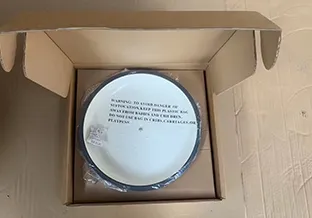Float glass itself, invented in the mid-20th century, involves a process where molten glass is floated on molten tin to create a smooth, uniform sheet. The addition of colorants to this process transforms the ordinary into the extraordinary. Colorants, derived from metal oxides, are infused into the molten glass, producing a multitude of hues. Common colorants include cobalt for blue, chromium for green, and manganese for violet. The beauty of coloured float glass lies not only in its vivid colors but also in its ability to interact with light, creating dynamic visual effects that vary throughout the day.
 Home
Home




 It consists of two or more layers of glass bonded together with a plastic interlayer It consists of two or more layers of glass bonded together with a plastic interlayer
It consists of two or more layers of glass bonded together with a plastic interlayer It consists of two or more layers of glass bonded together with a plastic interlayer







